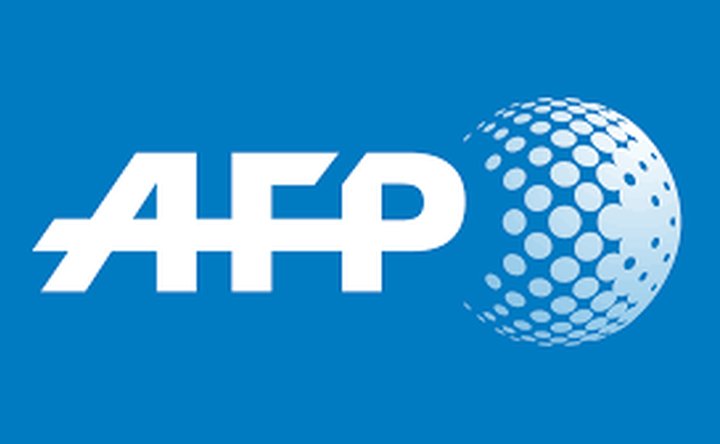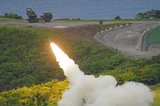US intel chief to brief NATO on US withdrawal from INF treaty
US Director of National Intelligence Dan Coats said on 27 November that he is heading to Europe to explain to allies Washington's decision to pull out of a major nuclear weapons treaty because of Russian violations.
Coats told reporters that he will meet NATO defence and intelligence officials in Brussels this week to discuss President Donald Trump's decision in October to withdraw from the 1987 Intermediate-Range Nuclear Forces Treaty (INF), a move that has fuelled fears of a dangerous arms race.
‘The intelligence community assesses Russia has flight-tested, produced, and deployed cruise missiles with a range capability that are prohibited by the treaty,’ Coats said.
‘Russia has shown no sign that it is willing to acknowledge its violation, let alone return to full and verifiable compliance.’
Coats said he would explain the threat to Europe from Russia's furtive development of its new 9M729 ground-based missile system, which Washington says has a reach that exceeds the INF limit of 500 kilometres (300 miles).
‘Russia continues to press forward and as of late 2018 has fielded multiple battalions of 9M729 missiles, which pose a direct conventional and nuclear threat against most of Europe and parts of Asia,’ Coats said.
The Trump administration has yet to pinpoint a date for its official withdrawal from the treaty, leaving room for a possible fix that would likely also have to involve China, which was not a party to the INF.
‘Number one, they would have to admit that they cheated,’ Coats said of Russia.
‘Number two, they would have to acknowledge that they would then take actions to get us back on an even keel, so that (Russia) didn't retain that strategic advantage’ from the new missile program.
‘We need full verifiable elimination of all missiles that fall in this category, if we're going to go forward,’ he said.
More from Defence Notes
-
![How might European countries look to tackle drone incursions?]()
How might European countries look to tackle drone incursions?
Disruption of infrastructure in Europe, whether by cyberattack, physical damage to pipelines or uncrewed aerial vehicles flying over major airports, as has happened more recently, is on the rise. What is the most effective way of countering the aerial aspect of this not-so-open warfare?
-
![Taiwan approved for $11 billion weapon purchase from US]()
Taiwan approved for $11 billion weapon purchase from US
The US State Department’s approval of a multi-billion-dollar sale of weapons to Taiwan includes tactical mission networks equipment, uncrewed aerial systems, artillery rocket systems and self-propelled howitzers as well as anti-tank guided missiles.
-
![Ireland spells out $2.3 billion shopping list in five-year defence spending plan]()
Ireland spells out $2.3 billion shopping list in five-year defence spending plan
Ireland’s multi-annual investment in capital defence spending is set to rise from €300m in 2026 to €360m in 2029–2030 with major upgrades across land, air, maritime and cyber domains.
-
![Canada to deepen integration of multi-domain capabilities to strengthen its defences]()
Canada to deepen integration of multi-domain capabilities to strengthen its defences
The Canadian Department of National Defence has created new organisations to manage the procurement and integration of all-domain solutions and allocated US$258.33 million to strengthen production capacities.
-
![US National Security Strategy prioritises advanced military capabilities and national industry]()
US National Security Strategy prioritises advanced military capabilities and national industry
The 2025 NSS has emphasised investment in the US nuclear and air defence inventory and national industry, but it leaves multiple unanswered questions on how the White House will implement this approach.
-
![Canada set to look away from its neighbour and across the Atlantic for partners]()
Canada set to look away from its neighbour and across the Atlantic for partners
While non-EU UK struggles to join the Security Action for Europe initiative, which provides loans for defence programmes, Canada has become the first country outside Europe to get access – and did so for a nominal fee.
























